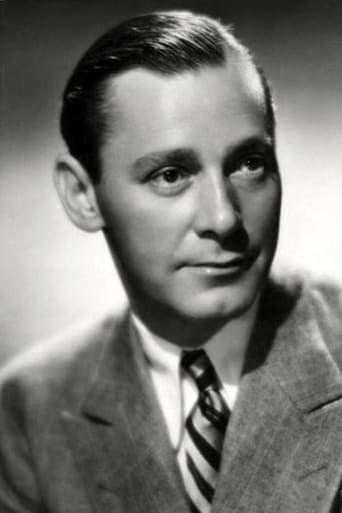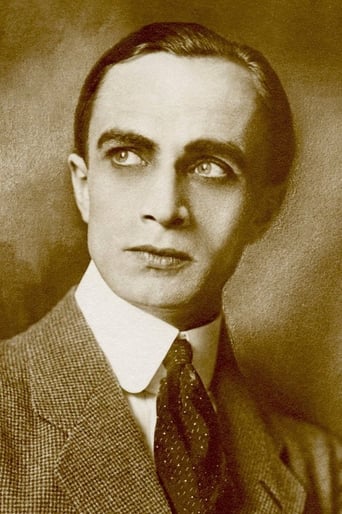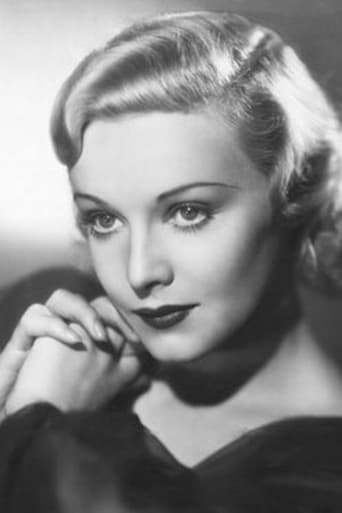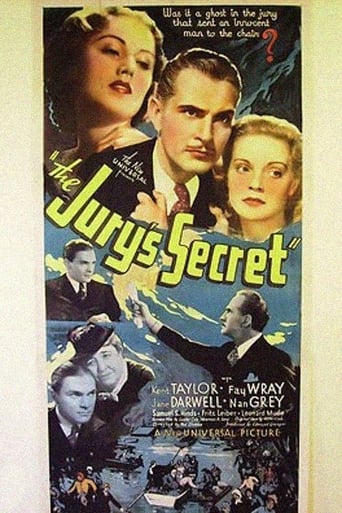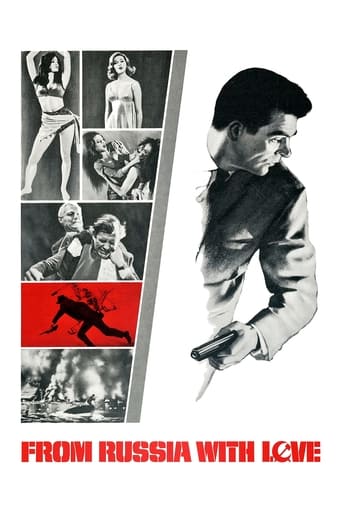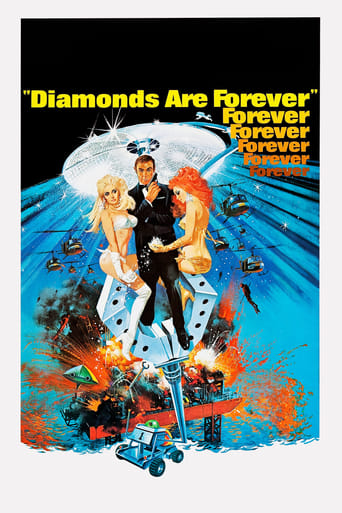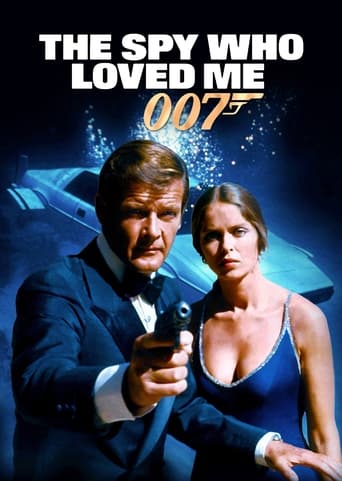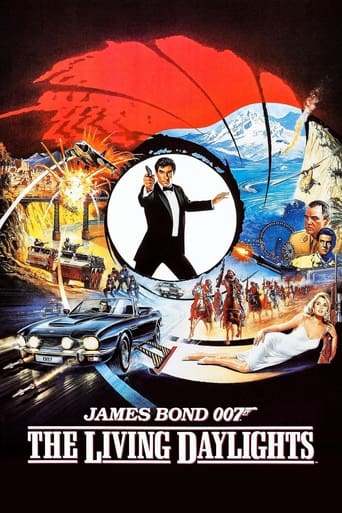

I Was A Spy (1933)
During World War I, a young nurse in a hospital in German-occupied Belgium is secretly feeding military information to the British. Complicating matters is the guilt she feels when she has to treat the German casualties inflicted as a result of the information she's passed on, and the fact that the local German commandant is falling in love with her.
Watch Trailer
Cast
Similar titles
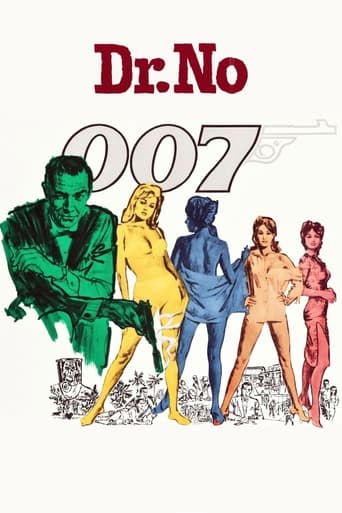
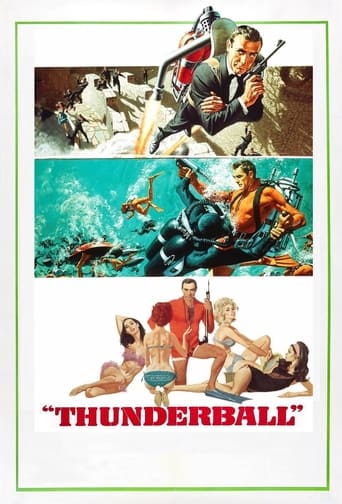
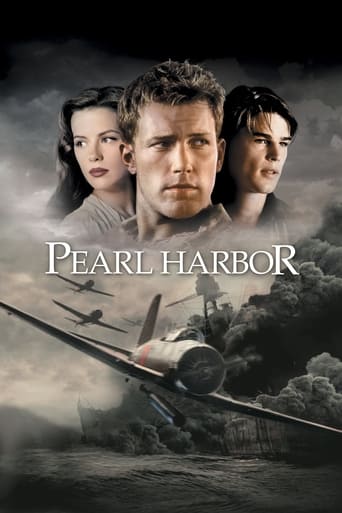

Reviews
Good movie, but best of all time? Hardly . . .
In truth, there is barely enough story here to make a film.
The film makes a home in your brain and the only cure is to see it again.
The movie turns out to be a little better than the average. Starting from a romantic formula often seen in the cinema, it ends in the most predictable (and somewhat bland) way.
Why do those Germans keep doing it? They tried to invade Paris in 1870, they tried in 1914, and they succeeded in 1940. What is it about French food that drives the Krauts so crazy that they feel they have to invade Paris so often? Can't they just go as tourists and eat in the best restaurants without bringing all their tanks and jackboots with them? 'Dirty swine!', as Herbert Marshall says in this film about two British prisoners, but which we find more appropriate to direct towards the wurst-lovers themselves. Here the heroic Madeleine Carroll plays 'Laura', code name for a Belgian nurse spying for the Allies against the Hun. The character is a portrayal of the real life Marthe Cnockhaerdt (1892-1966), and follows the true story very closely (although her two years in prison is skipped over so that her incarceration appears to be but a matter of days). Herbert Marshall gives what could be described as an 'ardent' performance, as he attempts to persuade us that he is in love with Madeleine Carroll, which he clearly found impossible. It is not for nothing that she was known as 'the ice queen of the screen'. Marshall was not really suited to these romantic roles, and was always best when being detached and sardonic, at which he truly excelled. Conrad Veidt here plays a formal and implacable German officer and lacks all those warm and sympathetic qualities which suited him so much better, and which came to the fore in such as films as CONTRABAND (1940, see my review). Of course this film is set during World War One, so we do not have Nazis yet, but we do have spiked helmets (which it is said the German soldiers wore in order to protect their pointy heads). It is an interesting historical irony that Carroll here plays a dedicated war nurse, whereas in real life Carroll did indeed become a dedicated war nurse in the following world war. In the film, she also becomes a spy, but in real life she presumably did not. But then, where is the dividing line between fiction and reality? If the fictitious nurse can become a real nurse, then it only takes one small further step for her to start smuggling those little notes written on cigarette paper. So perhaps Carroll didn't smoke. It was educationally useful, I am sure, for the English public to see this film set in Belgium, and to observe the suffering of the Belgians under the ruthless German occupation, considering that only a few years later this would all be happening for real once again. The Belgians and the Germans have since made up, however, as the Fourth Reich has its headquarters these days in Brussels, and I have heard it said that the obliging Belgians keep hot sauerkraut permanently ready for any surprise visit by die Kaiserin, who with her pudding face needs continual feeding up. This is a very fine, sensible, but gently old-fashioned spy film directed by the highly capable Victor Saville, whose most famous film was probably Kipling's KIM (1950). The affable Edmund Gwenn is very good as the Burgomaster of the small Belgian town, and it is interesting to see the legendary Gerald du Maurier (father of Daphne) as the military hospital's doctor, and what I noticed particularly about him were his elegant hands. The film also has a good cameo for Nigel Bruce, later to become so well known as Dr. Watson in so many Sherlock Holmes films. Here he plays Scottie, a captured British soldier who is wounded but escapes. He had only been in films for three years, and is still sprightly even though he was already aged 38. It is always interesting to catch such early glimpses of people who later become prominent in other roles.
This briskly paced, highly suspenseful cinematic rendering of the war-time exploits of Martha Cnockhaert, a Belgian girl who reluctantly engaged in espionage work for the Allies during the Great War, is a must see for all who appreciate war films sans the usual cheap, one-sided displays of gratuitous propaganda masquerading as history that the various film factories seem to have a penchant for putting out. A great deal of the credit must go to director Victor Saville, who managed to refrain from incorporating any of the typically lurid tales of German atrocities allegedly perpetrated on the prostrate Belgians that had become the mainstay of the British disinformation network throughout the greater part of the war itself. The actual situation, as this film so ably depicts, was bad enough. For example, largely on account of the British naval blockade, the occupying Germans had to impose severe privations on the Belgian people who, as a result, were forced to hoard what little food there was for their own survival. Indeed, it was the witnessing of the constant abuse inflicted on her café-owning parents that spurred Martha to overcome her initial fear and enlist her services for the Belgian underground. The beautiful Madeleine Carroll gives a convincing, at times deeply moving, portrait of the reluctant Belgian spy whose work as a volunteer nurse in a hospital for wounded Germans complicates her efforts to aid in their ultimate destruction. Indeed, ironically it is her dedicated work in relieving the suffering of war-- not to mention her exquisite beauty and charm- that endears her to the German commandant-- played by the great Conrad Veidt-- enabling her her to carry out more effectively her clandestine activities. Perhaps the supreme irony of this film, however, resides in the fact that within 10 years, the woman who would play a volunteer nurse/spy in a movie would in real life give up her film career to volunteer as a real life Red Cross nurse in Italy during the sequel to the Great War. For that, Madeleine Carroll will, indeed, always be fondly remembered.
There is a problem with this movie: a Flemish nurse gives indications to the British warplanes to bombard German troops being in the open field and then there after she is nursing the soldiers that she was betraying. Martha Knockaert was not a Mata Hari but she was dangerous and by her behavior she killed a lot of people. Her trial by the Germans military is correct as it was by that time in the West Flanders in 1916. The movie shows us the German troops at the market place in full exercise which gives the movie a moment of real authenticity. Also the "café" scenes with the German officers are real. Roeselare was at that time a backward city with a rural population but now it is the nerve of a commercial region. It is the only movie ever made about this town.
I Was A Spy is one of the better pictures to emerge from the early days of British talkies. It certainly stands up well against its American competition, which sad to say, many other British pictures of this period don't. The cast is uniformly good, and Madeleine Carroll is lovely as always. Perhaps the only reservations I have in this area is the way in which Herbert Marshall can deliver his lines a bit mechanically at times. Victor Saville's direction is nicely understated, yet the film can be quite exciting at times. There are two memorable scenes - the church parade, and the quietly effective closing moments of the film. Well worth seeing.
